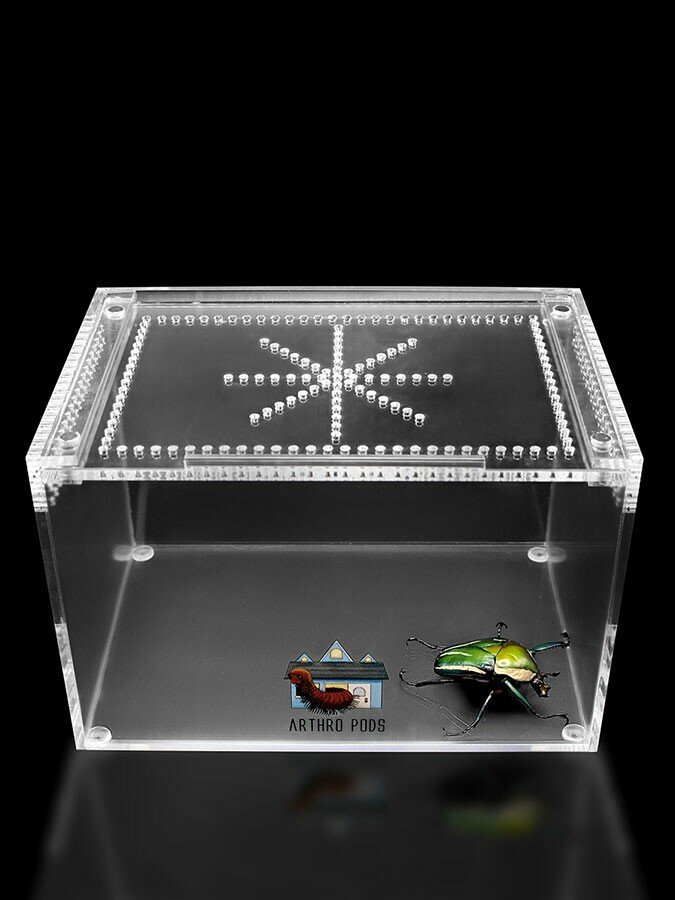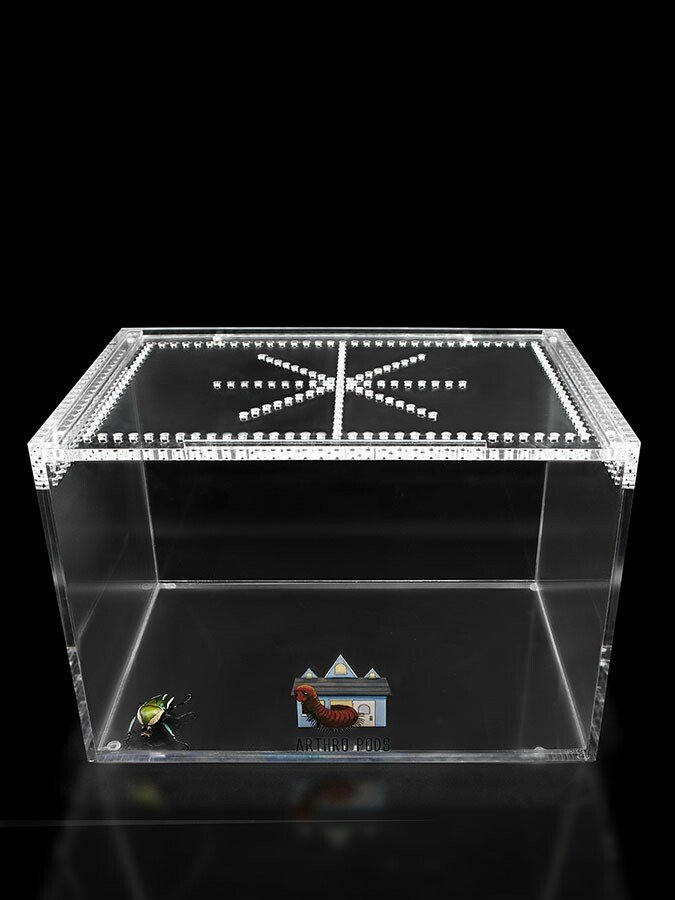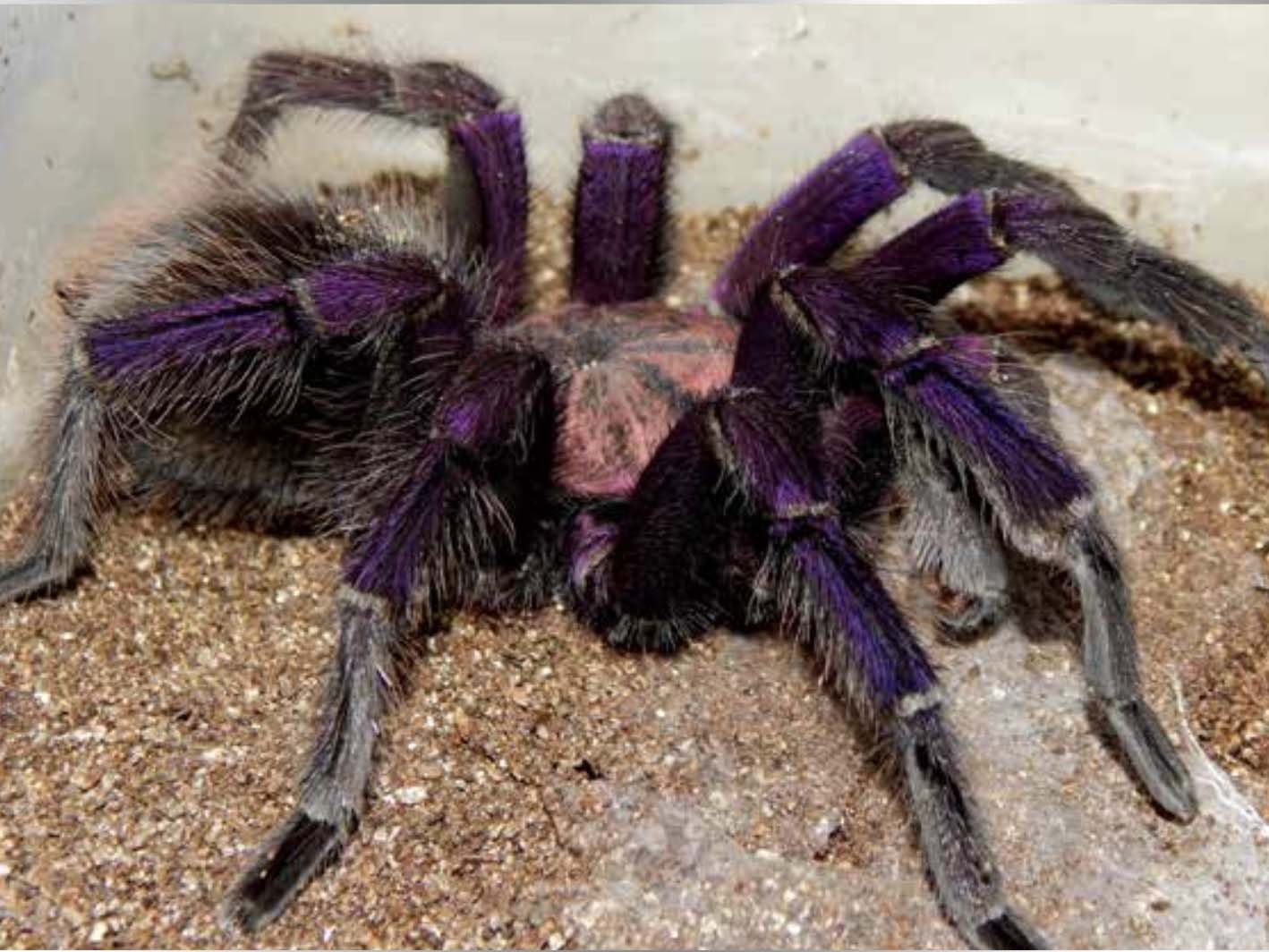Lasiocyano sazimai
Formerly known as the Pterinopelma sazimai, the Lasiocyano sazimai or Brazilian Blue Tarantula is a monotypic genus from a very niche local in Brazil that couldn’t be more aptly named. This New World cutie displays beautiful blue colorations, as its name implies. At a maximum distal leg span of 5.5”, this opportunistic burrower is an incredible tarantula for the hobbyist looking for a new terrestrial friend.
Formerly known as the Pterinopelma sazimai, the Lasiocyano sazimai or Brazilian Blue Tarantula is a monotypic genus from a very niche local in Brazil that couldn’t be more aptly named. This New World cutie displays beautiful blue colorations, as its name implies. At a maximum distal leg span of 5.5”, this opportunistic burrower is an incredible tarantula for the hobbyist looking for a new terrestrial friend.

Formerly known as the Pterinopelma sazimai, the Lasiocyano sazimai or Brazilian Blue Tarantula is a monotypic genus from a very niche local in Brazil that couldn’t be more aptly named. This New World cutie displays beautiful blue colorations, as its name implies. At a maximum distal leg span of 5.5”, this opportunistic burrower is an incredible tarantula for the hobbyist looking for a new terrestrial friend.
What's the ideal diet for a Brazilian Blue Tarantula?
All Tarantulas can eat a variety of feeders. Stick to crickets, dubia roaches, silkworms, horned worms occasionally, and a superworm or mealworm as the occasional treat!
How should I keep a Brazilian Blue Tarantula?
For this particular creature, you can start with a small Terrestrial Terrain enclosure if under a ¼” - 1.2” spiderling (sling), and when they get to be about 1” in size, you will want to upgrade to the medium or large Terrestrial Terrain enclosure. Feed them as slings once a week, twice if their opisthosoma (abdomen) looks small, but if the opisthosoma is wider than their prosoma (pneumothorax), then wait a couple of days to feed. For juveniles or adults, stick to feeding once a week, nothing larger than their opisthosoma. Make sure to keep a full water dish at all times; wider and deeper is fine. Your tarantula can’t drown; they float on water.
How long could a Brazilian Blue Tarantula live?
Females are believed to live upwards of 12+ years in captivity, and even males can live upwards of 3-4 years of age. This tarantula’s lifespan is relatively unknown, as it was introduced to the hobby around 2012. All estimates are based on multiple sources and similar species.











